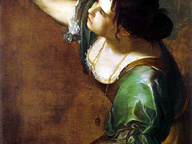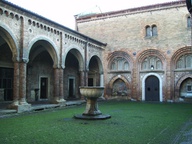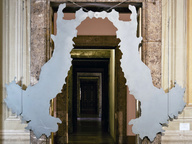Mira,
- Artist: Palladio
- Location: Mira,
- Date: 1559 - 1570
DESCRIZIONE:
This house built by Andrea Palladio on the banks of the Brenta River is decorated, on the piano nobile, by a pictorial cycle which covers the walls and the ceilings of all the rooms.
This intervention – which began as soon as the building was completed – was carried out for successive phases with the work of many painters.
Battista Franco (1510 ca – 1561) – a Venetian artist who studied in Rome, under the cultural influence of Michelangelo – was among the first few artists to begin painting at Villa Foscari, but died shortly after he began. At his side (also to later continue his work) intervenes a partner of Paolo Veronese, Battista Zelotti (1526-1578), who put himself to the test of creating a grand pictorial cycle in this house. Also present was Bernardino India (1528-1590) who worked in the smaller rooms, decorating the “grottesche” (a figurative system popular in those days discovered through the archeological researches carried out under the Roman ruins).
The decoration of the walls of the salone is regulated by an architectural partition that respects the compositional logic of Palladian architecture. Above the doors are the arts and virtues represented in grand dimensions like female characters of particular beauty.
The decoration of the stanze evokes mainly iconographic themes from the Metamorphosis of Ovidio (the myth of Prometheus, the Fall of the Giants, Bacco and Arianna).
The lunette on the walls of the main salone, on the head of the cross vaults, recount the mythological theme described by Ovidio (of the coming of Jupiter and Mercury on earth and their meeting with Filemone and Bauci).
The ceiling illustrates the myth of Astrea, the divine virgin who wanted to remain on earth when the other gods returned to Olympus, and must at the end join them when the men’s habits became corrupted because the Evil prevails over the Good.
It is probable that the iconographic choices of this decorative cycle were inspired – if not in fact predisposed – by one of Palladio’s two clients, Alvise Foscari, who had dedicated some years of his youth to teaching an Academy (The Academy of the United).
This house built by Andrea Palladio on the banks of the Brenta River is decorated, on the piano nobile, by a pictorial cycle which covers the walls and the ceilings of all the rooms.
This intervention – which began as soon as the building was completed – was carried out for successive phases with the work of many painters.
Battista Franco (1510 ca – 1561) – a Venetian artist who studied in Rome, under the cultural influence of Michelangelo – was among the first few artists to begin painting at Villa Foscari, but died shortly after he began. At his side (also to later continue his work) intervenes a partner of Paolo Veronese, Battista Zelotti (1526-1578), who put himself to the test of creating a grand pictorial cycle in this house. Also present was Bernardino India (1528-1590) who worked in the smaller rooms, decorating the “grottesche” (a figurative system popular in those days discovered through the archeological researches carried out under the Roman ruins).
The decoration of the walls of the salone is regulated by an architectural partition that respects the compositional logic of Palladian architecture. Above the doors are the arts and virtues represented in grand dimensions like female characters of particular beauty.
The decoration of the stanze evokes mainly iconographic themes from the Metamorphosis of Ovidio (the myth of Prometheus, the Fall of the Giants, Bacco and Arianna).
The lunette on the walls of the main salone, on the head of the cross vaults, recount the mythological theme described by Ovidio (of the coming of Jupiter and Mercury on earth and their meeting with Filemone and Bauci).
The ceiling illustrates the myth of Astrea, the divine virgin who wanted to remain on earth when the other gods returned to Olympus, and must at the end join them when the men’s habits became corrupted because the Evil prevails over the Good.
It is probable that the iconographic choices of this decorative cycle were inspired – if not in fact predisposed – by one of Palladio’s two clients, Alvise Foscari, who had dedicated some years of his youth to teaching an Academy (The Academy of the United).
COMMENTI
LE OPERE
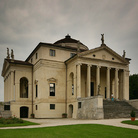 Villa La Rotonda
Trono
Villa La Rotonda
Trono
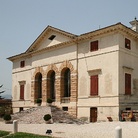 Villa Caldogno
Trono
Villa Caldogno
Trono
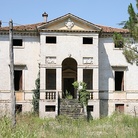 Villa Forni Cerato
Trono
Villa Forni Cerato
Trono
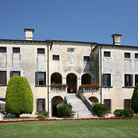 Villa Godi
Trono
Villa Godi
Trono
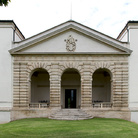 Villa Pisani
Trono
Villa Pisani
Trono
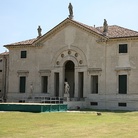 Villa Pojana
Trono
Villa Pojana
Trono
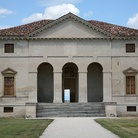 Villa Saraceno
Trono
Villa Saraceno
Trono
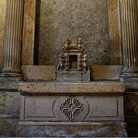 Cappella Valmarana
Cappella
Cappella Valmarana
Cappella
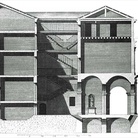 Casa Cogollo
Trono
Casa Cogollo
Trono
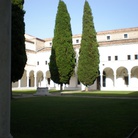 Chiostro palladiano
1579 | Opera architettonica
Chiostro palladiano
1579 | Opera architettonica
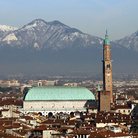 Basilica Palladiana
Trono
Basilica Palladiana
Trono
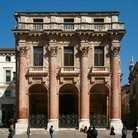 Loggia del Capitaniato
Trono
Loggia del Capitaniato
Trono
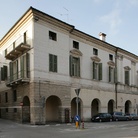 Palazzo Civena Trissino
Trono
Palazzo Civena Trissino
Trono
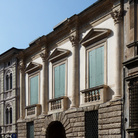 Palazzo da Schio Vaccari Lioy
Trono
Palazzo da Schio Vaccari Lioy
Trono
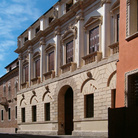 Palazzo Iseppo da Porto
Trono
Palazzo Iseppo da Porto
Trono
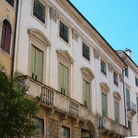 Palazzo Pojana
Trono
Palazzo Pojana
Trono
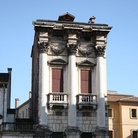 Palazzo Porto Breganze
Trono
Palazzo Porto Breganze
Trono
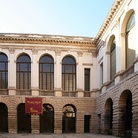 Palazzo Thiene
Trono
Palazzo Thiene
Trono
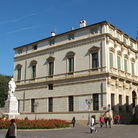 Palazzo Thiene Bonin Longare
Trono
Palazzo Thiene Bonin Longare
Trono
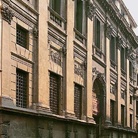 Palazzo Valmarana Braga
Trono
Palazzo Valmarana Braga
Trono
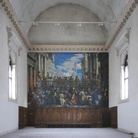 Cenacolo Palladiano
1560 | Opera architettonica
Cenacolo Palladiano
1560 | Opera architettonica
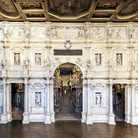 Teatro Olimpico
1580 | Olio e tempera su tavola
Teatro Olimpico
1580 | Olio e tempera su tavola
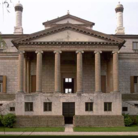 Villa Foscari
1559 | Olio e tempera su tavola
Villa Foscari
1559 | Olio e tempera su tavola
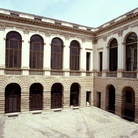 Palazzo Thiene
1542 | Olio e tempera su tavola
Palazzo Thiene
1542 | Olio e tempera su tavola
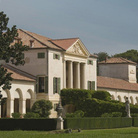 Villa Emo
1558 | Olio e tempera su tavola
Villa Emo
1558 | Olio e tempera su tavola
Map
